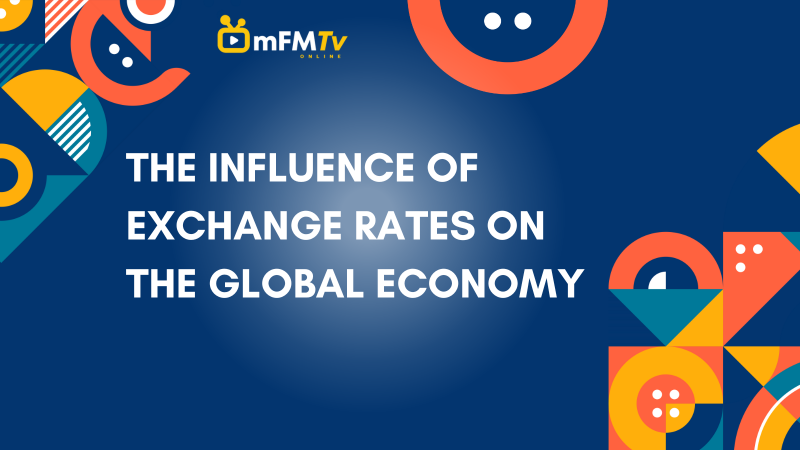Introduction
The global economy operates in an intricately connected network of countries, businesses, and currencies. Exchange rates, the value of one currency concerning another, play a fundamental role in shaping this complex system. In this article, we will explore the profound impact exchange rates have on the global economy.
1. Exchange Rates Demystified
Exchange rates are, at their core, the relative values of two different currencies. These rates fluctuate continuously, influenced by various factors, and significantly affect international trade, investments, and global economic stability.
2. Global Trade Dynamics
Exchange rates are a critical component of international trade. A weaker currency can boost a nation’s exports, making its goods more affordable to foreign buyers. Conversely, a stronger currency can reduce exports but make imports more affordable.
3. Foreign Investment and Capital Flows
Investors closely monitor exchange rates when making investment decisions. A favorable exchange rate can encourage foreign investments in a country, boosting its economic growth and job creation.
4. Exchange Rate Policies
Countries often have different exchange rate policies. Some maintain fixed exchange rates, pegged to a specific value or currency, while others allow their currencies to float freely. These policy decisions have a profound influence on the international economic landscape.
5. Currency Crises and Financial Stability
Sudden and drastic shifts in exchange rates can lead to currency crises, which disrupt financial markets and economic stability. Governments and central banks play essential roles in mitigating these crises.
6. The Role of Speculation
Exchange rate markets are also influenced by speculative trading, where participants attempt to profit from currency fluctuations. While speculation can increase market liquidity, it can also lead to excessive volatility.
7. The Dollar’s Dominance
The U.S. dollar serves as the world’s primary reserve currency, and many global commodities, such as oil, are priced in dollars. This dominance gives the United States significant influence over international finance and trade.
8. Exchange Rate Risk Management
For businesses engaged in international trade, managing exchange rate risk is crucial. Strategies like hedging help companies protect themselves against adverse currency movements.
Conclusion
The dynamics of exchange rates are a central pillar of the global economy. Their influence extends to international trade, investments, financial stability, and economic growth. Understanding the complexities of exchange rates is essential for governments, businesses, and individuals navigating the intricate web of the worldwide economy.




